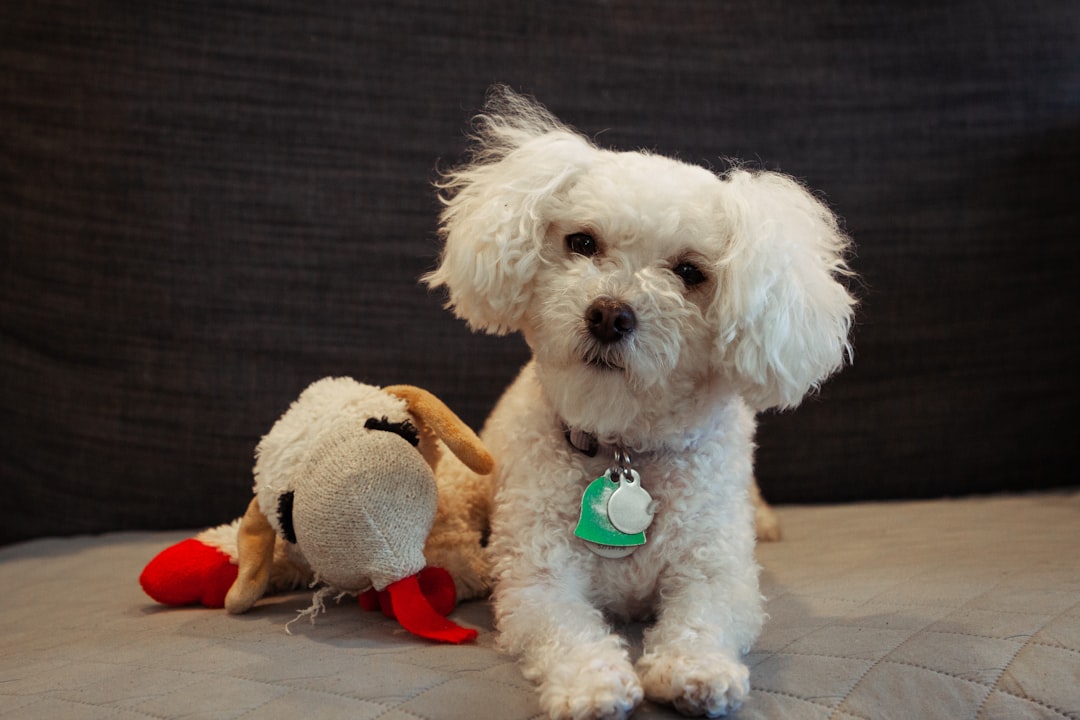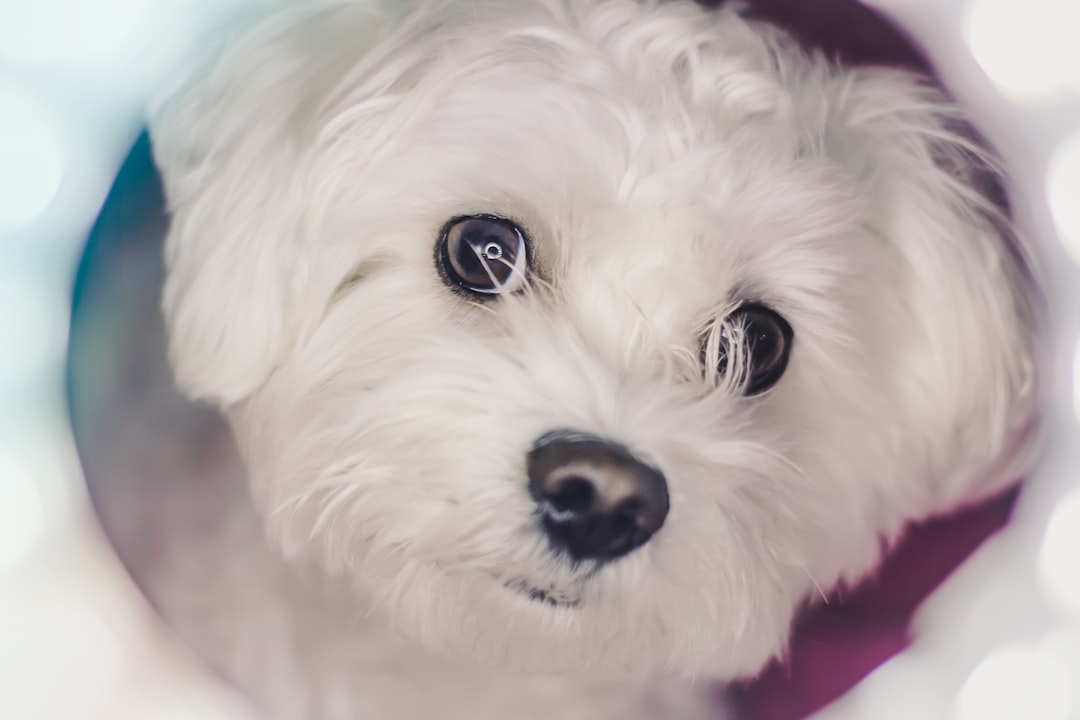The Charming Maltese: Exploring Breed Characteristics, Temperament, and Care Needs
A short and brief sentence description for the article on Maltese Breed Characteristics and Temperament could be: Discover the physical characteristics, temperament, grooming needs, health considerations, and training requirements of the Maltese breed, and learn about the potential challenges and unique qualities that make them sought-after pets.
Maltese Breed: Physical Characteristics
The Maltese breed is known for its physical characteristics, including their small size and luxurious white coat. In addition to their small stature, Maltese dogs typically weigh between four to six pounds, making them suitable for apartment living and as companions for individuals or families in various living situations. Their diminutive size has made them a highly valued and sought-after pet throughout history, often sought after by royalty and nobility for their endearing qualities and charming appearance. For example, Queen Elizabeth I of England was known to have a particular fondness for these elegant little dogs, further emphasizing the breed’s historical significance and desirability. [4].
The long, flowing white coat of the Maltese is a distinctive physical feature that sets this breed apart. This coat is not only visually striking, but it also requires regular grooming to maintain its luxurious appearance. Regular brushing and bathing are essential to prevent matting and to keep the coat in prime condition. This grooming routine is a key aspect of caring for a Maltese dog and ensuring their physical well-being, making it an important consideration for prospective owners who are drawn to the breed’s unique aesthetic appeal and distinctive coat. [4].
 Temperament and Behavior of the Maltese
Temperament and Behavior of the Maltese
The temperament of a Maltese dog is characterized by its playful and affectionate nature, making it an ideal companion for families and individuals alike. Their intelligence and trainability also contribute to their appeal as pets, as they are eager to please their owners and pick up on commands quickly. For example, Maltese dogs often excel in obedience training and agility competitions due to their sharp intellect and willingness to learn.
While Maltese dogs are well-suited for apartment living due to their small size and relatively low exercise needs, they can be prone to separation anxiety if not properly socialized and trained. This potential behavioral challenge should be taken into consideration by prospective owners, and steps should be taken to ensure that the dog feels comfortable and secure when left alone. Additionally, without proper training, Maltese dogs may become yappy, especially in response to unfamiliar noises. This behavior can be managed through positive reinforcement techniques and consistent training to curb excessive barking.
In conclusion, the Maltese’s adaptable nature, intelligence, and potential challenges in behavior make it important for prospective owners to be well-informed and prepared to provide the necessary care and training to ensure a harmonious relationship with their pet.
Grooming and Care for Maltese Dogs
When it comes to grooming, Maltese dogs require regular attention to their beautiful, long white coats. Their hair should be brushed a few times a week to prevent matting and tangling, and regular baths are necessary to keep their coat clean and healthy, [4]. Additionally, their relatively low exercise needs make them suitable for various living situations, including apartment living, but prospective owners should be aware that Maltese dogs can be finicky eaters and may present challenges when housebreaking, [4].
For example, due to their small size and delicate coat, Maltese dogs may need extra care during grooming to ensure their well-being. Their tendency to be finicky eaters underscores the importance of providing high-quality nutrition and portion control to prevent weight gain and maintain their overall health. Moreover, their potential difficulty in housebreaking requires patience, consistency, and positive reinforcement training methods to establish good bathroom habits. Therefore, prospective Maltese owners should familiarize themselves with these grooming and care considerations to provide the best environment for their pet’s well-being and happiness.
Health Considerations for Maltese Dogs
When considering the health of Maltese dogs, it’s important to be aware of some common issues that this breed may be prone to. For instance, dental issues are a concern for Maltese dogs, and regular dental care and vet check-ups are essential to maintain their oral health. Additionally, genetic conditions such as luxating patella and progressive retinal atrophy (PRA) are prevalent in Maltese dogs, highlighting the necessity of proactive veterinary care and monitoring to address these conditions. These health considerations underscore the significance of regular vet visits and proactive care to ensure the well-being of Maltese dogs.
In terms of nutrition, proper diet and portion control are crucial for the overall health of Maltese dogs. High-quality food and appropriate portion sizes are essential to prevent weight gain and maintain their health and vitality. It’s important for owners to be mindful of their dietary needs and to provide them with a balanced and nutritious diet to support their well-being and longevity. Additionally, the tendency of Maltese dogs to be light shedders and suitable for most allergy sufferers is an appealing characteristic, but it also requires attention to potential health issues such as skin sensitivities and allergies. This highlights the importance of regular grooming and skin care to address any potential sensitivities and maintain the health of their coat.
 Training and Socialization of Maltese Dogs
Training and Socialization of Maltese Dogs
When it comes to training and socialization, Maltese dogs require consistent and positive reinforcement techniques from a young age to shape their behavior. This includes proper obedience training, social interaction with other dogs, and exposure to different environments to prevent behavioral issues later in life. For example, introducing a Maltese puppy to various sights, sounds, and experiences can help them become well-adjusted and confident adult dogs.
It’s crucial to find reputable breeders who prioritize early socialization and training for their puppies. Responsible breeders will start the socialization process before the puppies even go to their new homes, setting a strong foundation for their behavior. For instance, reputable breeders may expose the puppies to different stimuli and situations to ensure they are well-prepared for life with their new families.
The unique training and socialization needs of Maltese dogs contribute to their adaptability and well-behaved nature as pets. By investing time and effort into training and socialization, owners can help their Maltese develop into confident, well-mannered companions who are comfortable in various social settings and environments.
Conclusion
In conclusion, the Maltese breed is a beautiful and unique small toy breed with distinct physical characteristics, such as its long, luxurious white coat and diminutive size, weighing between four to six pounds. This breed has been highly valued in society for centuries, making it a sought-after pet for many dog lovers. Understanding the physical attributes of the Maltese is essential for individuals considering this breed as a potential addition to their family, [4].
When it comes to temperament, the Maltese is known for its playful and affectionate nature, intelligence, and trainability. While they are adaptable to apartment living, prospective owners should be aware that Maltese dogs can be prone to separation anxiety and may become yappy if not properly trained. This highlights the importance of understanding the temperament and behavior of the Maltese breed, emphasizing the need for proper training and socialization to ensure a harmonious relationship between the dog and its owners, [3].
In addition to their physical and behavioral traits, the grooming needs, health considerations, and training requirements of the Maltese breed should also be carefully considered. Regular grooming, including brushing and bathing, is essential to prevent coat matting. Moreover, Maltese dogs may be prone to dental issues and genetic conditions such as luxating patella and PRA, underscoring the importance of regular vet check-ups and proper nutrition. Proper socialization and training from a young age are crucial, emphasizing the use of positive reinforcement techniques and the significance of finding reputable breeders to ensure the well-behaved nature of Maltese dogs. Therefore, individuals interested in adopting a Maltese should be well-informed about these aspects to provide the best care and environment for their furry companions, [4].
The unique qualities and potential challenges associated with the Maltese breed make it important for prospective owners to thoroughly consider whether this breed is the right fit for their lifestyle and preferences. By understanding and appreciating the physical characteristics, temperament, grooming needs, health considerations, and training requirements of the Maltese, individuals can make an informed decision when welcoming a Maltese into their homes.
Frequently Asked Questions (FAQs)
- What are the physical characteristics of the Maltese breed? The Maltese is a small toy breed known for its long, luxurious white coat and weighs from four to six pounds, making it a sought-after pet due to its historical significance, [4].
- How would you describe the temperament of a Maltese dog? Maltese dogs are known for their playful and affectionate personality, intelligence, and trainability. They are adaptable to apartment living but can be prone to separation anxiety and may become yappy if not properly trained, [3].
- Are Maltese dogs suitable for apartment living? Yes, Maltese dogs are adaptable to apartment living, but prospective owners should be aware of their potential for separation anxiety and the need for proper training to prevent excessive barking.
- What are the grooming requirements for a Maltese dog’s coat? Regular grooming, including brushing and bathing, is essential to prevent coat matting in Maltese dogs. Understanding the breed’s grooming needs is crucial before bringing a Maltese into a home, [4].
- What health issues are common in the Maltese breed? Maltese dogs may be prone to dental issues and genetic conditions such as luxating patella and PRA, necessitating regular vet check-ups. Proper nutrition and portion control are crucial to prevent weight gain, [4].
- How can I properly train a Maltese dog? Proper socialization and training from a young age, emphasizing positive reinforcement techniques, are essential for Maltese puppies. Finding reputable breeders is important for ensuring the well-behaved nature of Maltese dogs.
- Where can I find reputable breeders or adoption organizations for Maltese dogs? Reputable breeders and adoption organizations for Maltese dogs can be found through sources such as the American Kennel Club (AKC) and rescue organizations or shelters, [2].
- Are Maltese dogs good with children and other pets? Maltese dogs are generally good with children and other pets if properly socialized. However, they are best suited for homes with older children or adults only.
- What are some common behavioral traits of Maltese dogs? Maltese dogs are known for their playful and affectionate personality, adaptability, and potential challenges in behavior such as separation anxiety and excessive barking if not properly trained, [3].
- How can I prevent separation anxiety in a Maltese dog? To prevent separation anxiety in a Maltese dog, proper socialization and training from a young age are essential. Positive reinforcement techniques and ensuring a secure environment can also help alleviate separation anxiety, [3].


